Squash: A Heaven-Sent Blessing!
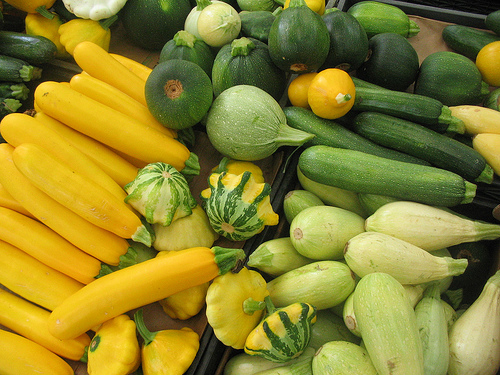
Squash (summer and winter, including pumpkins) season is upon us. What a heaven-sent blessing this family of vegetables is. Squash tastes delicious in everything from soups and side dishes to cakes and breads. There’s never a reason for squash of any kind to go to waste.
Summer squash (which includes zucchini, yellow, scallop, and patty-pan types) are still abundant in early fall in most parts of the country. With their creamy flesh, they make an excellent base for soups (no cream required) or an addition to bread recipes.
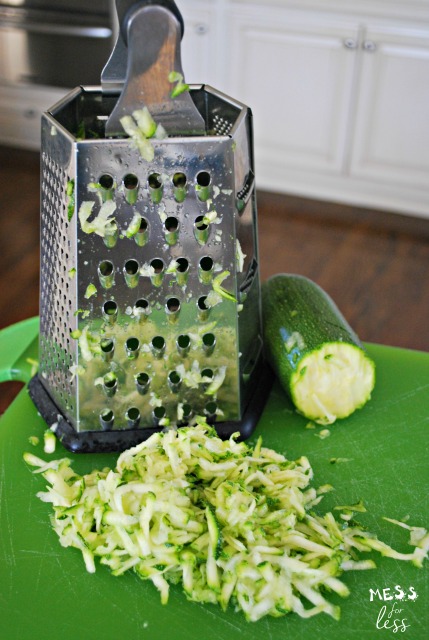
So back to the point of nary a reason for squash of any kind to go to waste: It’s true. Don’t get overwhelmed with the overabundance of summer squash (whether coming from yours or your neighbor’s garden). Just shred and freeze it for use throughout the winter. When the craving for zucchini bread or cookies hits mid-January, you’ll be so glad you went to the trouble of preserving it now.
Now to winter squash. This family includes pumpkin, acorn, butternut, delicata and dumpling, Hubbard, and other types like spaghetti and buttercup. Winter squash can be incorporated into endless dishes to add bulk, flavor, and moistening properties; it’s so versatile that it really can be considered a year-round staple.
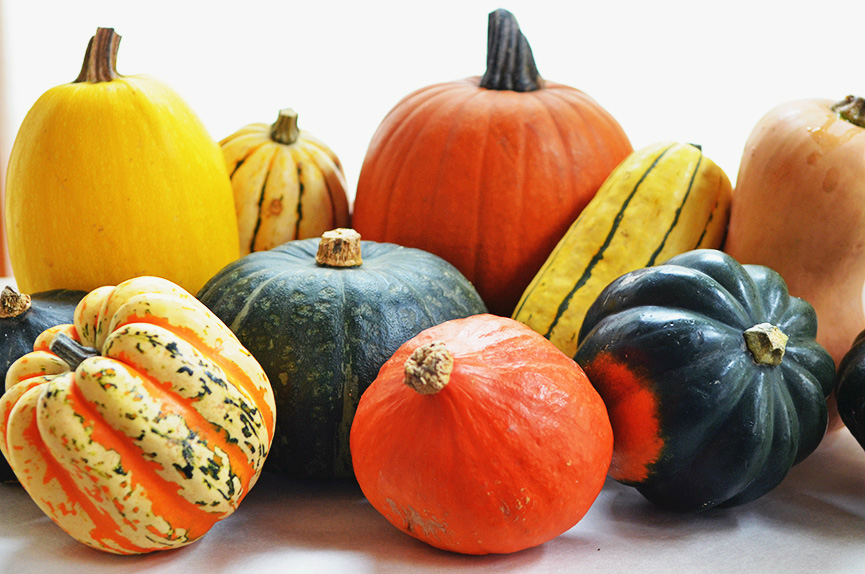
The flavor of winter squash is best brought out by the high heat of baking or sauteing; however, it can be steamed too. Here are some best-practice tips for preparing:
Bake: Preheat the oven to 400 degrees F. Cut the squash in half and scoop out the seeds. Place 1/2" water in a baking dish and add the squash, cut-side down. Cover with foil. Begin checking for doneness after 30 minutes. Bake up to 1 hour.
Saute: More labor intensive than baking, slice the squash into manageable pieces, then peel it by cutting away large sections of rind with a sharp knife. Cut the flesh into 1" cubes, toss with olive oil or butter, and saute over medium-high heat for 20 minutes or until tender.
Steam: Cut the squash in half and scoop out the seeds. Put 1/2" of water in a large saucepan or stockpot and add the squash, cut side up. Cover and heat on medium high until tender, replenishing water if needed.
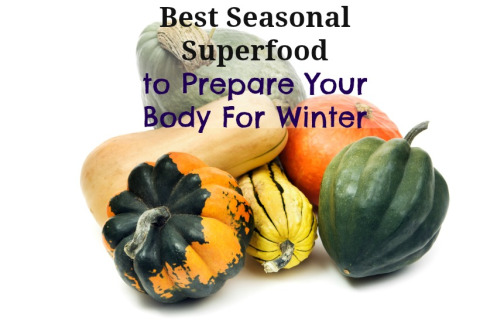
And besides its versatility, the health benefits are simply amazing. Winter squash, especially, is considered a true superfood. For instance:
It can help decrease your blood pressure by counteracting the effects of sodium in your diet. This is because of its high potassium content.
Winter squash can play a major role in maintaining a healthy digestive tract by supporting healthy bacteria in the gut.
It can improve eyesight. Winter squash is literally loaded with vitamin A (one cup of squash has over 350% of the recommended daily allowance), which is uber-important for healthy eyesight. It’s also a great source of zeaxanthin and lutein, two powerful antioxidants that protect vision as well.
It promotes bone strength. Since it contains about 17% of your recommended daily allowance of manganese, winter squash helps maintain healthy bone structure, calcium absorption, and improves the mineral density of the spinal column. Meanwhile, vitamin C takes part in the production of collagen, which is important for building bone mass. Other minerals found in winter squash, such as iron, folate, and zinc, all contribute to bone health and protect against osteoporosis.
Winter squash helps protect your skin. This is due to its HIGH vitamin C content. Medical research shows clear links between vitamin C and skin and found that higher intakes of the vitamin were linked to a lower likelihood of wrinkles and dryness.
It boosts immune function. Once again, due to its high vitamin C content. While vitamin C may not cure the common cold, it does reduce the risk of developing further complications, such as a lung infection or pneumonia. Vitamin C also helps protect you from other immune system deficiencies, such as cardiovascular disease.
It reduces internal inflammation. Thanks to the high antioxidant content of winter squash, it is an anti-inflammatory food (reducing risk of inflammation-related disorders like rheumatoid arthritis).
Winter squash supports weight loss. With less than 100 calories, 26 carbohydrates, and almost no fat in a one cup serving, it goes without saying that winter squash is the cheese to your diet’s macaroni. The fiber content alone helps increase satiety (the feeling of fullness), which can help you manage your weight.
So when you combine delicious taste with versatility, ease of preparing, and health benefits, it’s easy to see why you ought to add this nutrition-packed food to a larger portion of your meals!
And here’s a family favorite recipe to help you do just that. We love pumpkin and coconut and thought, “Why not put them together?” See what you think of this unique soup:
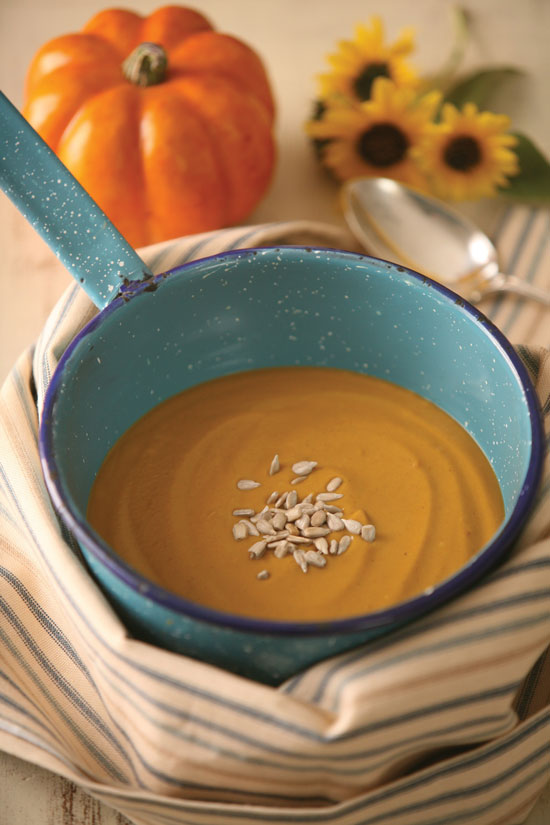
PUMPKIN COCONUT SOUP (yield: 8 servings)
2 tablespoons extra virgin olive oil
1/8 teaspoon crushed red pepper flakes
8 cups pureed pumpkin
2 (14-ounce) cans coconut milk
3 cups vegetable broth
1 ¼ teaspoons cinnamon
1/4 teaspoon garam masala (optional, but oh so good)
1 teaspoon salt
1. In a large stockpot, heat the olive oil over medium heat and sauté the crushed red pepper flakes for a minute.
2. Add the pumpkin and stir well. Pour in the coconut milk and vegetable broth, stirring well. Bring to a simmer and cook for 10 minutes.
3. Using an immersion blender, puree the soup in the pot. Add the cinnamon, garam masala, and salt; simmer for another 20 minutes.
4. If the soup is too thick for your liking, add more vegetable broth to taste. Garnish with nuts, croutons, or fresh herbs.
- www.lovefarmorganics.com
- www.messforless.com
- www.andrewzimmern.com
- www.coconutcreamcare.com
- www.heirloomgardener.com
 Alice Osborne
Alice Osborne
Weekly Newsletter Contributor since 2006
Email the author! alice@dvo.com
